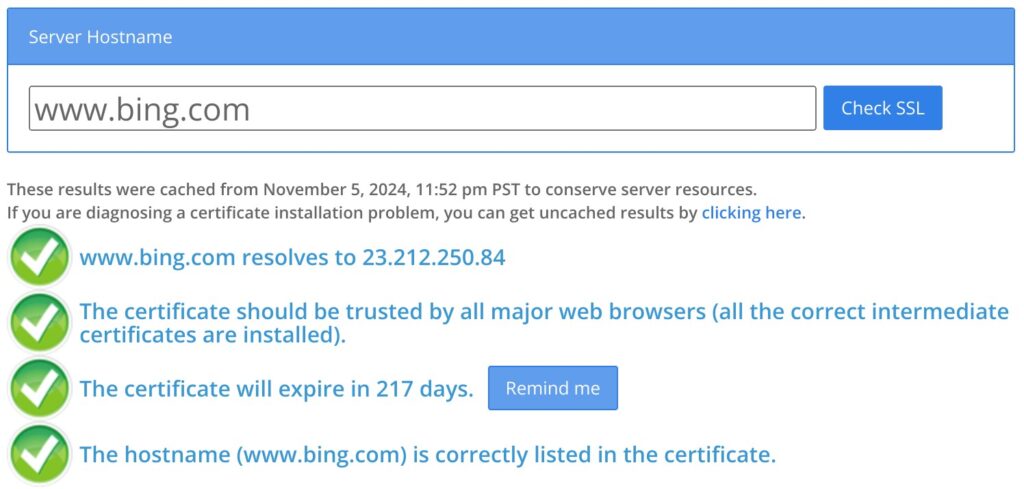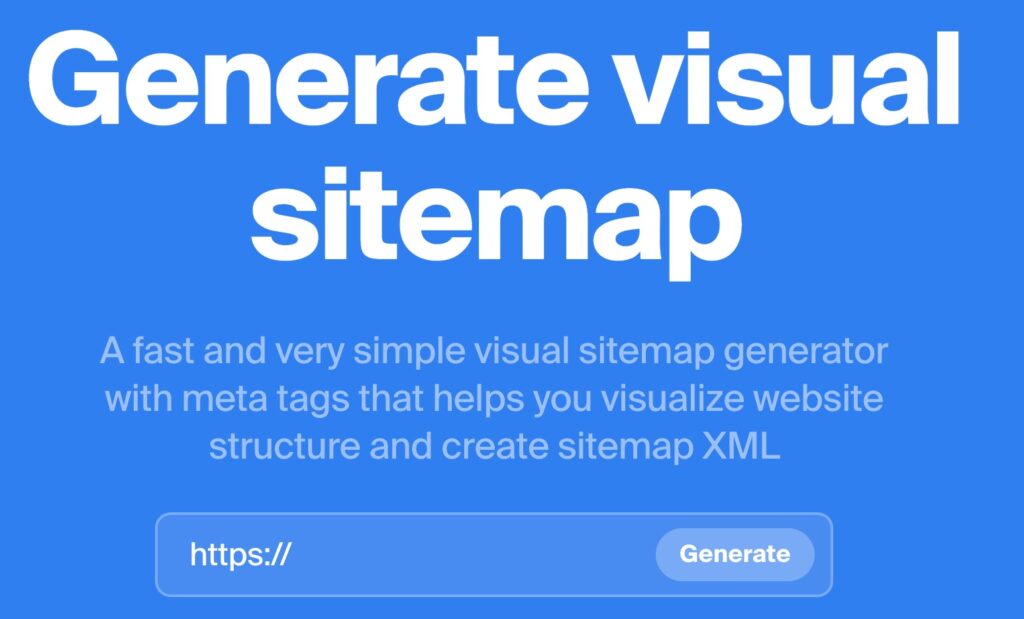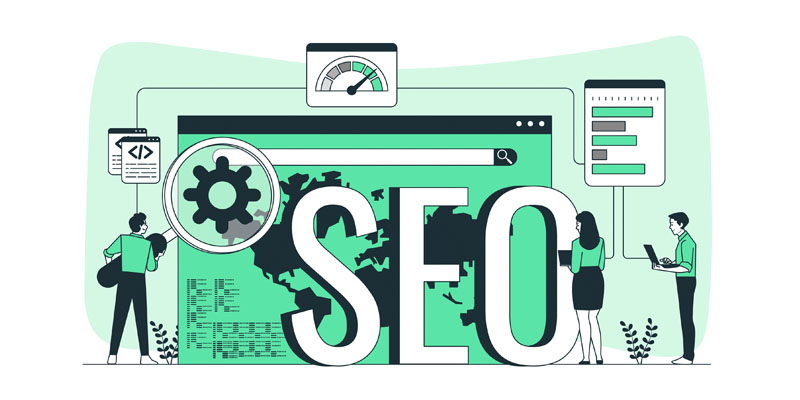If you want your website to rank on Google, it’s important to follow SEO rules. But, there can be times when you miss out on something, which may create problems in the ranking of your website. In this article, you can have a look at some common technical SEO issues that can be avoided:
1 Duplicate Content
We can witness how brands create new websites and adapt various SEO strategies.
With this advancement, we can witness duplicate content everywhere, a major problem. Because of this, search engine crawlers may get confused, and your website may not be able to appear at the top of Google. And ultimately, you may not be able to reach out to your target audience.
There are many ways to check plagiarism for your content online. You can feed your content on these websites, and it will generate a report that will tell you the amount of plagiarism in your content. Before getting anything on your website, ensure there is no plagiarism, as it’s a big no for SEO!
2 SSL For Your Website
Your website’s security is very important. Google will display a “not secure” warning if it is not secure. Visitors to your website will immediately leave if they see the warning sign. It will immediately affect your search engine rankings. So, you should always ensure your website’s security.
Installing an SSL certificate from a certifying authority solves the security issue quickly. You can buy and install it.
After installation, your website will be completely protected. Your website’s URL will now be https://yourwebsitename. The “s” in HTTPS signifies a secure website. Visitors trust websites with SSL certificates more. This will lead to a better flow of traffic for your website and a better ranking on Google!

3 Very Slow Loading Speed
In general, visitors to a website have a very short attention span. No one wants to wait for a website to load with so many options. The speed of your pages determines whether users stay on your site or leave. A website should load in 3 or less than 3 seconds. The loading speed directly affects the traffic of a website.
Simple image and cache optimization can increase website speed. Improve the server response time, and the website speed may improve. You can use several on-page SEO tricks to improve your website’s speed. Also, make sure your site is mobile-friendly. Making a few changes may lead to a faster and more seamless experience for your visitors.
4 Missing Alt Tags
Missing alt (alternative text) tags means your website misses out on SEO opportunities. The alt tags serve as a text substitute for the images on your website. Search engine bots can learn more about your website when photos are tagged with alt tags. It can significantly increase the value of your website.
Regular SEO audits can help you identify missing alt tags for images on your website. You can use various online tools to view the image’s alt text and find missing alt text and alt attributes on your website. If there are any missing alt tags, you must ensure they are added because they can affect your website’s search engine ranking.
5 Lack Of A Good Navigation
Bad navigation can cause visitors to lose interest in your website. Poor engagement means low website authority. Also, a low-authority website has less online visibility.
Your website will not appear in the search engine results if it does not provide useful information to visitors. Search engines are businesses that want to show users what they want to see. In other words, poor navigation can cause a chain reaction for SEO. All good things will be thrown out due to a minor issue.
The best way to add good navigation is to have plenty of internal links between your web pages. It will increase viewer engagement and help them find what they seek. Also, adding categories to your home page is best practice. It helps visitors see which tab contains what information.
6 Having Broken Links
Links to high-quality content show both users and search crawlers. Content evolves, and great links break. The hyperlink may connect to empty or non-existing websites when links are broken. Broken links are an obstacle for the viewer and reflect poor content quality. This will ultimately lead to a lower page ranking.
While internal links should be checked whenever a page is deleted, modified, or redirected, external links must be checked regularly. Resolving broken links requires regular site audits. Internal link analysis will help you locate and replace broken links with the correct/new page.
7 Not Using Search-Friendly Images
Many websites use several beautiful images on their home pages. Yet, most websites are unaware that images can hurt search engine page rankings.
While uploading images, you consider user-friendliness, but what about Google? To Google, an image is an image, no matter what you use it for. Unless you tell Google what the image on your website is for, the Google bot will not pick it up.
Use SEO-friendly web fonts and CSS and HTML coding wherever possible.
“These little changes to your website’s images will keep the beauty of the images while also helping your website achieve a higher ranking,” says Richard from Blogger Outreach Services.
9 Using Ineffective Title Tags
Title tags can impact search engine optimization in a variety of ways. Your website may have missing or duplicate tags and short or long tags that are not good enough for your website. The title tags on your website help visitors, and search engine bots understand what your page is about.
An ideal title tag should be approximately 60 characters in length and contain some keywords that are relevant to the content. Make sure that the title tag does not contain any duplicates. If you ask your web developer to address these issues, nothing will stop your website.
10 Unindexed Websites
Google should index your website’s pages. If they are not indexed, Google cannot read them. A page isn’t searchable unless Google crawlers read it. Google must index your web pages.
To determine if Google has indexed all your website pages, enter “site:yoursitename.com.” Google will show you the number of indexed pages for your website. If your website is not listed on Google, you must submit it.
Ask your web designer to add it. Robots.txt files can prevent your web pages from being indexed by search engines. It has a big impact on search engine results. Check if the robot.txt file is blocking any of your website pages. Your web designer can keep track of it.
11 Absence Of XML Sitemaps
Your website’s XML Sitemaps are dictionaries. They assist Google search bots in understanding what your website is all about, allowing the bots to do their jobs more efficiently and effectively. If your website does not have XML sitemaps, you may encounter an error 404 page.
Enter ‘website name/sitemap.xml’ into Google. If you do not see a search result, you must contact a web developer to have an XML sitemap created for your website.
There are also web-based XML sitemap generator tools. You can use those tools to your advantage. However, delegating the task to your web developer is always preferable.

Key Takeaways
- Making mistakes in technical SEO is something that should be completely avoided. It can negatively affect the visibility of your website online.
- Avoid the mistakes mentioned above, be it plagiarism in your content or the absence of XML Sitemaps.
- Correct and fix these issues if they exist, as the best part of SEO is that you can fix all the errors if there are any!
- Focus on optimizing your profile to ensure your website always ranks at the top of Google!

